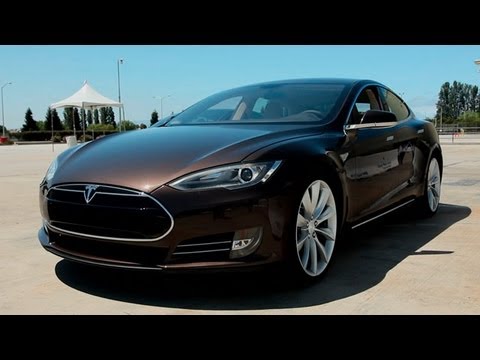Self-Driving Cars and the Future of Online Education
Summary
The article discusses the development of self-driving cars, its inception, and its current progress. Additionally, the speaker touches upon the future of online education and its potential in the future.
Table of Contents
- The Inception of Self-Driving Car Project
- The Unveiling of the Self-Driving Car Project
- Limitations of Self-Driving Cars
- The Future of Self-Driving Cars
- Improving Online Education
- The Potential of Technology in Education and Transportation
Introduction
Technology has changed the world in countless ways, including the field of transportation and education. One particular advancement that has gained attention is the development of self-driving cars – cars that can drive themselves with the use of machine intelligence. At the same time, online education has become increasingly popular with the growth of the internet and digital technology. In this article, we will explore the self-driving car project, its inception, and current progress, as well as discussing the future of online education.
Q&A
The Inception of Self-Driving Car Project
Q: How did the self-driving car project come about?
A: The self-driving car project began as a challenge set by the US government, known as the DARPA Grand Challenge. The challenge involved creating a robotic car capable of driving 100 miles through a desert. The lead engineer behind the project, Sebastian Thrun, saw an opportunity to improve road safety by taking the driving responsibility away from potentially flawed human drivers to certainly flawed computers. Thrun joined Google, who had a greater understanding of information processing and machine intelligence, to turn the self-driving car project into reality.
The Unveiling of the Self-Driving Car Project
Q: How was the self-driving car project received when it was unveiled?
A: The self-driving car project was presented to the public by the New York Times, who had been monitoring Google’s progress. The project had already driven over 140,000 miles on public streets without any human involvement. The reception was largely positive, and the future of self-driving cars in the transport sector seemed feasible.
Limitations of Self-Driving Cars
Q: What are the current limitations of self-driving cars?
A: While self-driving cars hold great promise, there are still limitations to the technology. The main limitation is safety concerns, as self-driving cars are still in their early stages of development. Additionally, the technology required to make a car fully autonomous is still evolving, and the software still needs to become more sophisticated to handle complex situations. Another limitation is financial constraints, as the cost of implementing self-driving car technology remains high.
The Future of Self-Driving Cars
Q: What is the future of self-driving cars?
A: With the continued development of technology, the future of self-driving cars looks promising. Self-driving cars could reduce traffic jams, improve road safety, and provide more options for transportation, especially for the elderly and disabled. Additionally, with the rise of ride-sharing services, self-driving cars could become more popular, as people could use them as a more efficient alternative to traditional car ownership.
Improving Online Education
Q: How can online education be improved?
A: The speaker suggests that online education can be improved through interactivity and gamification. By encouraging student participation and feedback, online education can be made more engaging and fun. Additionally, assessment should focus on positive feedback rather than just grading, as it can motivate students to continue their studies.
The Potential of Technology in Education and Transportation
Q: What is the potential of technology in education and transportation?
A: Technology has the potential to revolutionize both education and transportation in numerous ways. Self-driving cars can improve road safety and reduce accidents, while online education can make learning more accessible and affordable to a wider audience. With increased connectivity and technological developments, the possibilities of what technology can accomplish in these fields are endless.
Conclusion
The article has explored the progress of self-driving cars and the potential it holds for the future of transportation. Additionally, the speaker touched upon the subject of online education and how it can be improved to benefit students. It is clear that technology holds great promise in the fields of education and transportation, and we can expect to see further advancements in these areas in the years to come.







